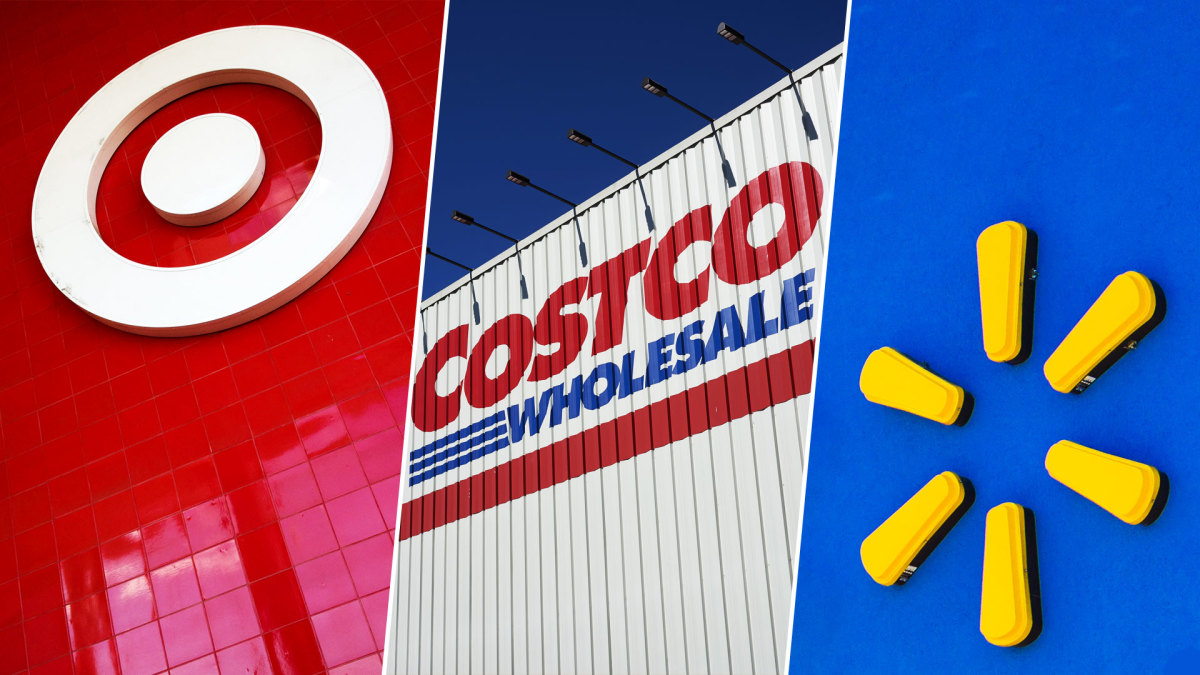
As a membership-based warehouse club, Costco has a different business model than its rivals. The chain's primary business metric isn't sales. Instead, the true gauge of the company's success comes from its membership numbers.
It essentially costs Costco (COST) no money to sell a membership. There might be a tiny little bit of labor involved if the transaction happens in-store, but other than that, the only expense the chain incurs is for the little plastic card that each member gets.
Related: Iconic retail chain closing roughly half its stores
When you pay $60 for a Gold Membership or $120 for an Executive Membership, that money goes straight to the retailer's bottom line. Getting you to shop in its warehouse clubs isn't part of a plan to make more money off of you. It's an effort to get you to renew your membership when it expires.
That means that while Walmart or Target need customers to actually make purchases in their stores, Costco would be perfectly happen with members who never visit, but remain members. The retailer does want its members to shop at its clubs — because people who do experience the value the brand delivers and renew their memberships.
Because of this business model, among other factors, Costco can mark its products up less than its traditional retail rivals.

Image source: Shutterstock/TheStreet
Costco keeps prices down a number of ways
Costco saves its members money in a number of ways. Most prominently, the chain stocks a very limited supply of items. It won't have say ketchup or toothpaste in multiple sizes. Instead, it will offer one variety of most items in order to place the biggest orders possible with its vendors.
Placing huge orders allows the company to work with its partners to bring the cost of the item down. Costco's vendors can go to their suppliers to get better prices on ingredients, packaging, and anything else that goes into the item.
Costco also uses its Kirkland Signarture brand to keep prices low. In that case, the warehouse club goes to name brands and has them manufacture products that won;t carry the famous name, but will instead be branded under Costco's Kirkland Signature label.
And, while it rarely talks about it, Costco has one more way of keeping its prices low — it simply has less of a markup on each item it sells.
Costco takes a small markup
The grocery business has low margins compared to many other industries largely due to the high level of competition. Many retail stores outside of the grocery space use what's known as "keystone pricing." That's when an item gets sold for twice what it costs the retailer to purchase it.
That may seem like a high markup, but retailers need to cover not just the cost of goods sold, but also the cost of selling those goods. That means that every sale pays for a little piece of labor, rent, utilities, and any other overhead costs,
Walmart has made between 23.1% and 24.9% in gross profit margin between 2006 and 2023, according to data from Statista.
Costco make quite a bit less, which means its members are paying less for what they buy in many cases. Recently-retired CFO Richard Galanti shared his company's proft margins during its first-quarter earnings call.
"Our margin range is so much more compacted than traditional retail — you know, different categories of traditional retail. I mean, if you think about it, we have, what, a 12%, 13% gross margin," he said.
He also noted that the range between products can be very deep.
"In theory, it ranges from zero to 15. In reality, it's — there's a very few things that are below five, and a lot of things hover around the 8% to 12% range," he added.







